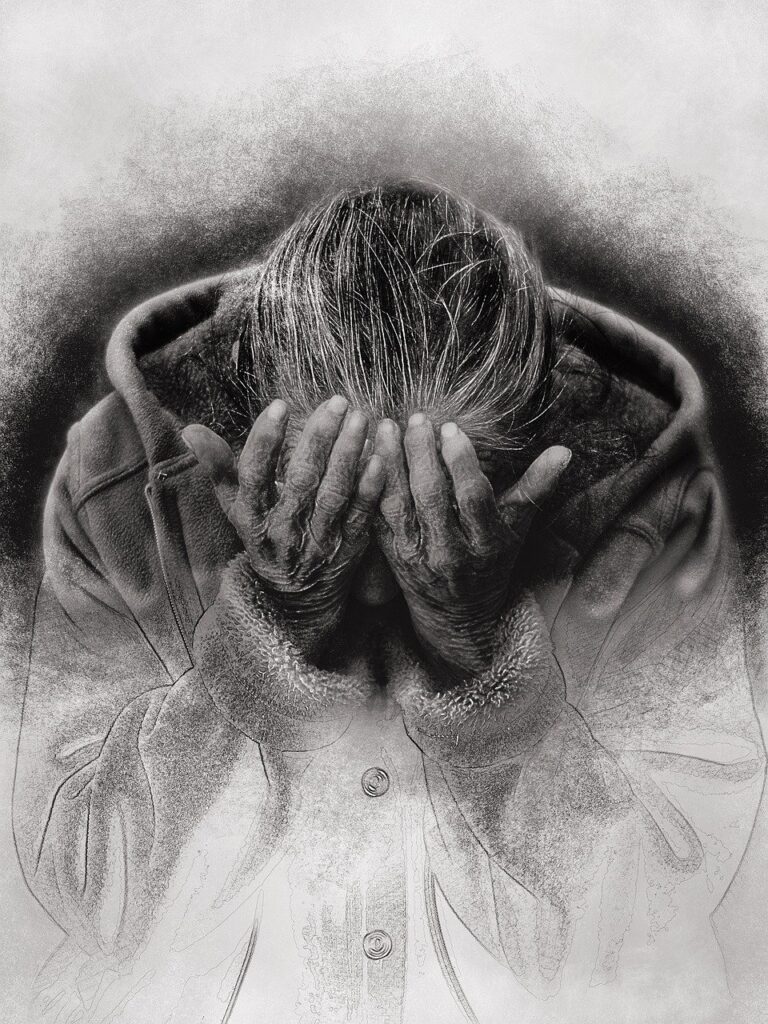By Garret DeReus, December 20, 2024
Recent data from the Centers for Medicare and Medicaid Services reveals a troubling pattern in Louisiana’s nursing homes. As of late 2024, Louisiana ranks fifth-highest nationally for pressure ulcers among high-risk long-stay residents, with 9.34% of residents developing these painful wounds. This rate is 77.5% higher than Colorado, which reports the nation’s lowest rate at 5.26%.

This significant disparity raises serious questions about the quality of care in Louisiana’s long-term care facilities. Several factors typically contribute to the development of pressure ulcers:
Inadequate Staffing Levels: When nursing homes are understaffed, residents may not receive the frequent repositioning and movement necessary to prevent pressure ulcers. Staff members become overwhelmed with daily tasks, potentially missing crucial preventive care measures.
Poor Training and Protocol Implementation: Even when staffing levels are adequate, insufficient training or failure to follow established protocols can lead to preventable pressure ulcers. This includes improper positioning techniques, inadequate skin assessment, and delayed response to early warning signs.
Deficient Nutrition and Hydration Management: Proper nutrition and hydration are crucial in preventing pressure ulcers. Facilities may fail to monitor residents’ dietary needs or implement appropriate nutritional interventions.
Low Wages and Staff Retention Crisis
A significant factor contributing to inadequate care may be the exceptionally low wages paid to direct care workers in Louisiana nursing homes. According to a 2023 study by the U.S. Department of Health and Human Services, Louisiana paid the lowest wages in the nation to direct care workers, with nursing assistants earning just $10.90 per hour and home health aides earning $9.03 per hour.1 This stands in stark contrast to states like Alaska, where nursing assistants earned $18.66 per hour.
These low wages can lead to high staff turnover, difficulty attracting qualified candidates, and chronic understaffing – all of which directly impact patient care. When nursing homes prioritize profit margins over competitive wages, they often struggle to maintain the stable, experienced workforce necessary for proper resident care. Staff members who are overworked and underpaid may be more likely to rush through essential tasks like resident repositioning and skin checks, increasing the risk of pressure ulcers developing or worsening.
Questions of Data Accuracy
There are compelling reasons to question whether the reported 9.34% rate actually understates the true scope of the problem. The data shows that only 1.47% of long-stay residents in Louisiana nursing homes report depressive symptoms, an unusually low figure that seems inconsistent with the high pressure ulcer rate. Given that pressure ulcers cause significant pain and can severely impact quality of life, this discrepancy suggests possible underreporting of both conditions.
Nursing homes may have incentives to underreport pressure ulcers for several reasons:
- Pressure ulcers often indicate quality of care issues
- Higher rates can trigger increased regulatory scrutiny
- Facility ratings and reimbursement rates can be affected
- Documented pressure ulcers may support legal claims
Legal Implications
The development of pressure ulcers in nursing homes may indicate negligent care. When facilities fail to implement proper preventive measures or accurately document residents’ conditions, they may be liable for resulting injuries. Families of affected residents should consider consulting with legal professionals who understand Louisiana’s specific tort laws and nursing home regulations.
***